About Shalimar Garden in Srinagar, Kashmir
Set on the shores of the pristine Dal Lake, the Shalimar Bagh is the largest Mughal Garden in Kashmir valley and thus is one of the most famous tourist attractions in Srinagar. Covering an area of 31 acres, this garden once served as the favourite summer destination of Emperor Jahangir and his court. This beautiful masterpiece also popularly known as the ‘house of love’ was originally called ‘Farah Baksh’, which literally translates to ‘delightful’.
Encircled by tall trees of Chinar and many colourful flowers, the Shalimar Bagh presents tourists with a serene environment. It also boasts a beautifully designed canal that runs through the center of the garden, further enhancing its charm.
The main attractions of the Shalimar Bagh are the ‘Chini Khanas’. Oil lamps were lighted at night at these ‘Chini Khanas’ which created a dazzling sight. In present times, however, these ‘khanas’ are adorned with flower pots which are also visually delightful.

History of Shalimar Garden
The history of Shalimar Garden can be traced back to second century. It is during that time period King Pravarsena II form Vakataka dynasty who ruled Kashmir from 79 AD till 139 AD. King Pravarsena II was the founder of Srinagar city who build a cottage surrounded by a park close to Dal Lak and named it Shalimar. The King often visits Saint Sukarma Swami at Harwan and after his visit the King stays in Shalimar cottage till then the cottage was well maintained. After that the cottage without proper maintenance was ruined and totally was destroyed but the name Shalimar got stick to the village and the village was called Shalimar itself.
Mughal Emperor Jahangir to please his loving wife Nur Jahan decided to build a garden which was his dream project and he chose Shalimar as the garden location. He renovated the old garden built by King Pravarsena II into a royal Mughal garden in 1619 and named it “Farah Baksh” which means “The delightful”. King Jahangir and his wife Nur Jahan along with the entire Jahangir’s court used to spend the summers in Shalimar garden which was their royal summer residence. To visit Shalimar they cross snow topped Pir Panjal mountain range near Shalimar using elephants.
Later in 1630 Kashmir Governor Zafar Khan as per Mughal Emperor Shah Jahan’s order extended the garden and named it “Faiz Baksh” which means “The Bountiful”. The park during Zafar Khan Administration was also used as an entertaining hub for Pathans and Sikh Governors who were friends with Zafar Khan.
Apart from Mughals many other rulers also altered Shalimar at various time intervals. Maharaja Ranjit Singh of Sikh Empire built a marble guest house in Shalimar for his European guests. Maharaja Hari Singh the last ruling King of Jammu and Kashmir from Rajput clans electrified Shalimar. All the rulers gave Shalimar many different names but the name Shalimar was mush popular amongst all which stays even today.

Layout
The layout of the garden is an adaptation of another Islamic garden layout known as the Persian gardens. This garden built on a flat land on a square plan with four radiating arms from a central location as the water source. It needed to be modified to suit the hilly terrain and availability of a well, which could be diverted from a higher elevation to the planned gardens. Modifications involved the main channel running through the garden axially from top to the lowest point. This central channel, known as the Shah Nahar, is the main axis of the garden. It runs through three terraces. This layout left out the radial arms and the shape became rectangular, instead of a square plan of the Chahar Bagh.
The garden, as finally laid out, covers an area of 12.4 hectares (31 acres) built with a size of 587 metres (1,926 ft) length on the main axis channel and with a total width of 251 metres (823 ft). The garden has three terraces fitted with fountains and with chinar (sycamore) tree-lined vistas. The Shahnahar is the main feeder channel to all the terraces. Each one of the three terraces has a specific role.
The garden was linked to the open Dal Lake water through a canal of about 1 mile (1.6 km) length and 12 yards (11 m) in width that ran through swampy quagmire. Willow groves and rice terraces fringed the lake edge. Broad green paths bordered the lake with rows of chinar trees. The garden was laid in trellised walkways lined by avenues of aspen trees planted at 2 feet (0.61 m) interval.

Architecture
The architectural details of the three terraces of the garden are elaborate.
The first terrace is a public garden or the outer garden ending in the Diwan-e-Aam (public audience hall). In this hall, a small black marble throne was installed over the waterfall.
The second terrace garden along the axial canal, slightly broader, has two shallow terraces. The Diwan-e-Khas (the Hall of Private Audience), which was accessible only to the noblemen or guests of the court, now derelict, is in its centre. However, the carved stone bases and a fine platform surrounded by fountains are still seen. The royal bathrooms are located on the north-west boundary of this enclosure. The fountain pools of the Diwan-e-Khas, the Diwan-e-Aam, and in turn, the Zenana terrace are supplied in succession. It has 410 fountains.
In the third terrace, the axial water channel flows through the Zenana garden, which is flanked by the Diwan-e-Khas and chinar trees. At the entrance to this terrace, there are two small pavilions or guard rooms (built in Kashmir style on stone plinth) that is the restricted and controlled entry zone of the royal harem. Shahajahan built a baradari of black marble, called the Black Pavilion in the zenana garden. It is encircled by a fountain pool that receives its supply from a higher terrace. A double cascade falls against a low wall carved with small niches (chini khanas), behind the pavilion. Two smaller, secondary water canals lead from the Black Pavilion to a small baradari. Above the third level, two octagonal pavilions define the end wall of the garden. The baradari has a lovely backdrop of the snow mountains, which is considered a befitting setting for the Bagh.
The Shalimar Bagh is well known for chini khanas, or arched niches, behind garden waterfalls. They are a unique feature in the Bagh. These niches were lighted at night with oil lamps, which gave a fairy tale appearance to the water falls. However, now the niches hold pots of flower pots that reflect their colours behind the cascading water.
Another unusual architectural feature mentioned is about the doors of the Baradari. In the garden complex, the Baradari had four exquisite doors made of stones supported by pillars. It is conjectured that these stone doors were ruins from old temples that were demolished by Shahajahan. The garden also provided large water troughs where a variety of fountains were fixed.
Even in later years, during Maharaja’s rule, the gardens were well maintained and continue to be so even now as it is one of the prominent visitor attractions around the Dal Lake.
The garden is considered to be very beautiful during the autumn and spring seasons due to the colour change in leaves of the famed Chinar trees.
The gardens were the inspiration for other gardens of the same name, notably the Shalimar Bagh, Delhi in Delhi (built in 1653, which now also has an upscale colony) and Shalimar Gardens in Lahore, Pakistan built by Emperor Shah Jahan in 1641.
The black pavilion built during the early part of Jahangir’s reign (1569–1627), in the top terrace of the Shalimar Bagh, has the famous inscription in Persian, which says:
Agar Firdaus bar rōy-e zamin ast, hamin ast-o hamin ast-o hamin ast.
This is a couplet by the Persian-language poet Amir Khusrau, which is inscribed on many other buildings also in India and Pakistan.
Translated to English, it means:
“If there is a paradise on earth, it is here, it is here, it is here.”
It is also mentioned that when Jahangir was asked on his death bed about his cherished desire he is credited to have said:
“Kashmir, the rest is worthless.”
Best Time to Visit Shalimar Garden
Visit Shalimar Bagh during the peak season, from May to October when the weather is salubrious. The visitors can also witness the exhilarating light and sound show.
How to Reach :
By Air
25 Kms from Sheikh ul Alam International Airport Srinagar
By Train
22 Kms from Srinagar Railway Station
By Road
14 Kms from Lalchowk Srinagar

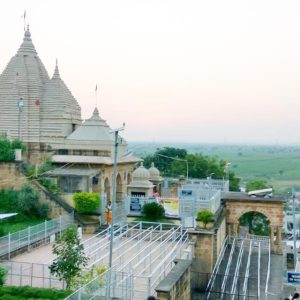
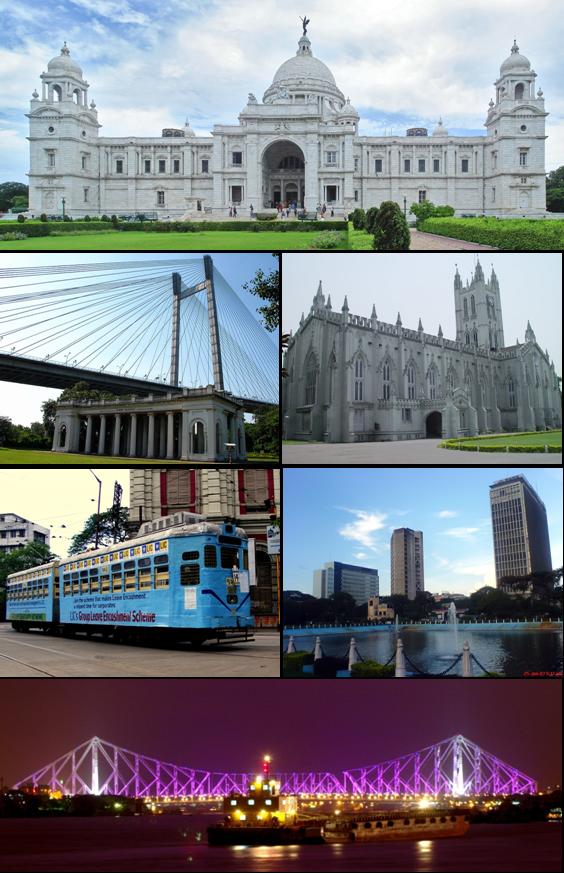
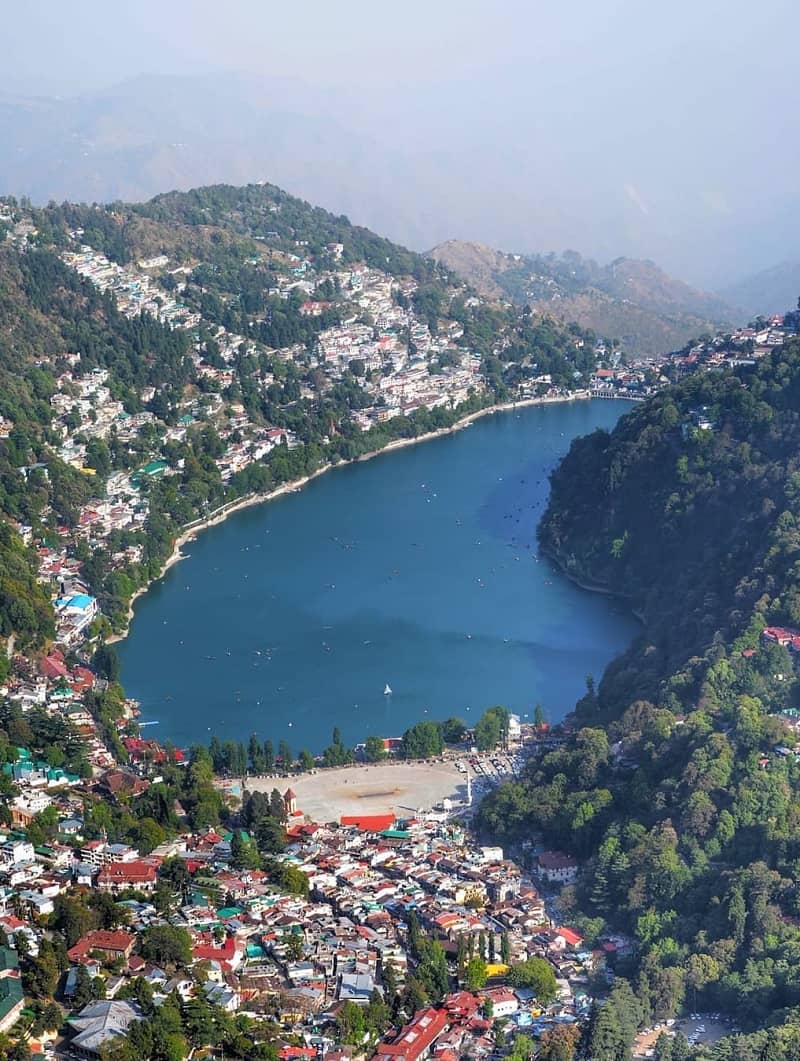
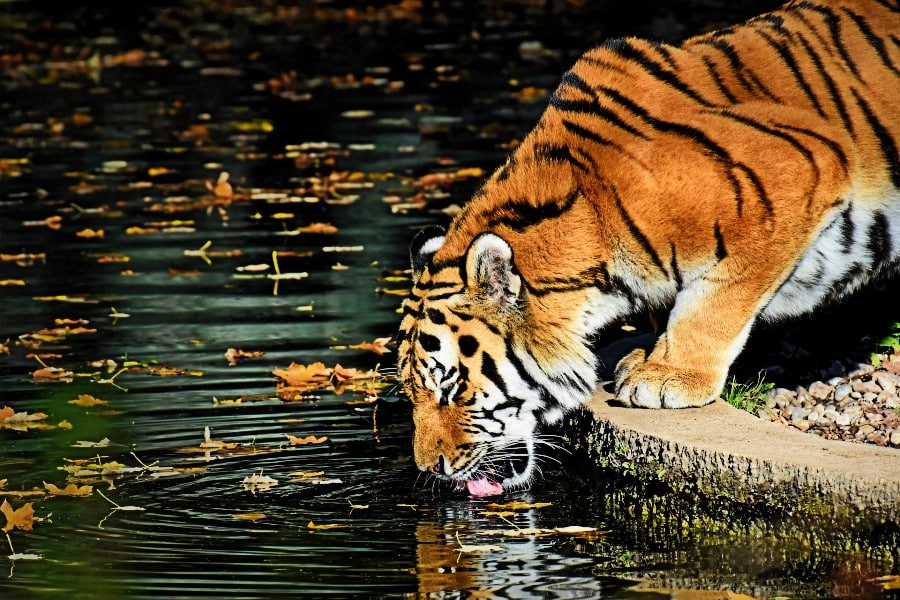
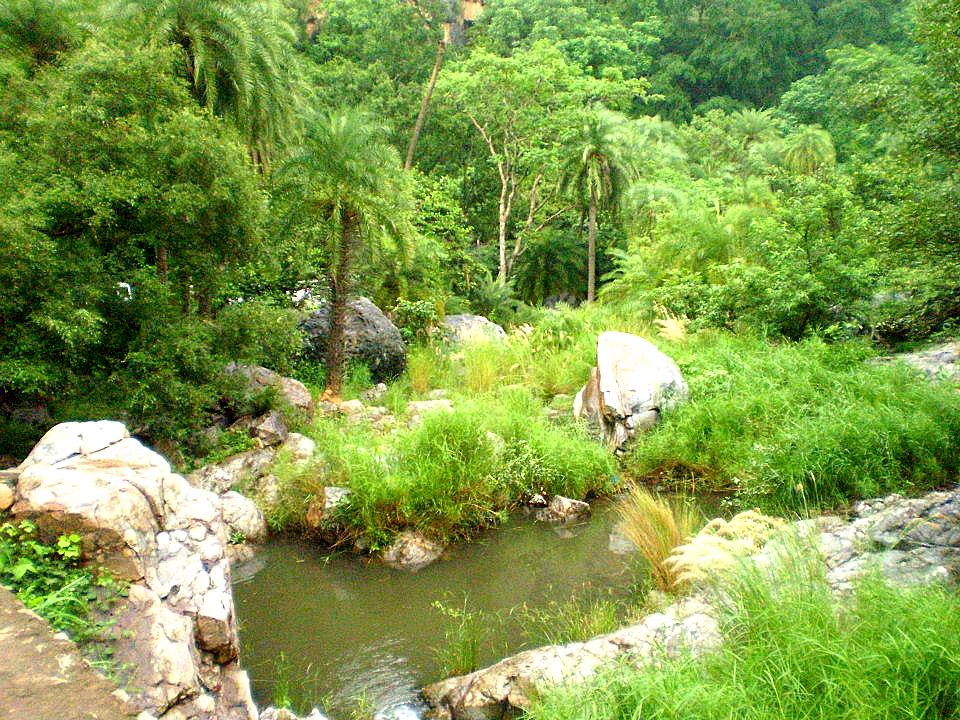
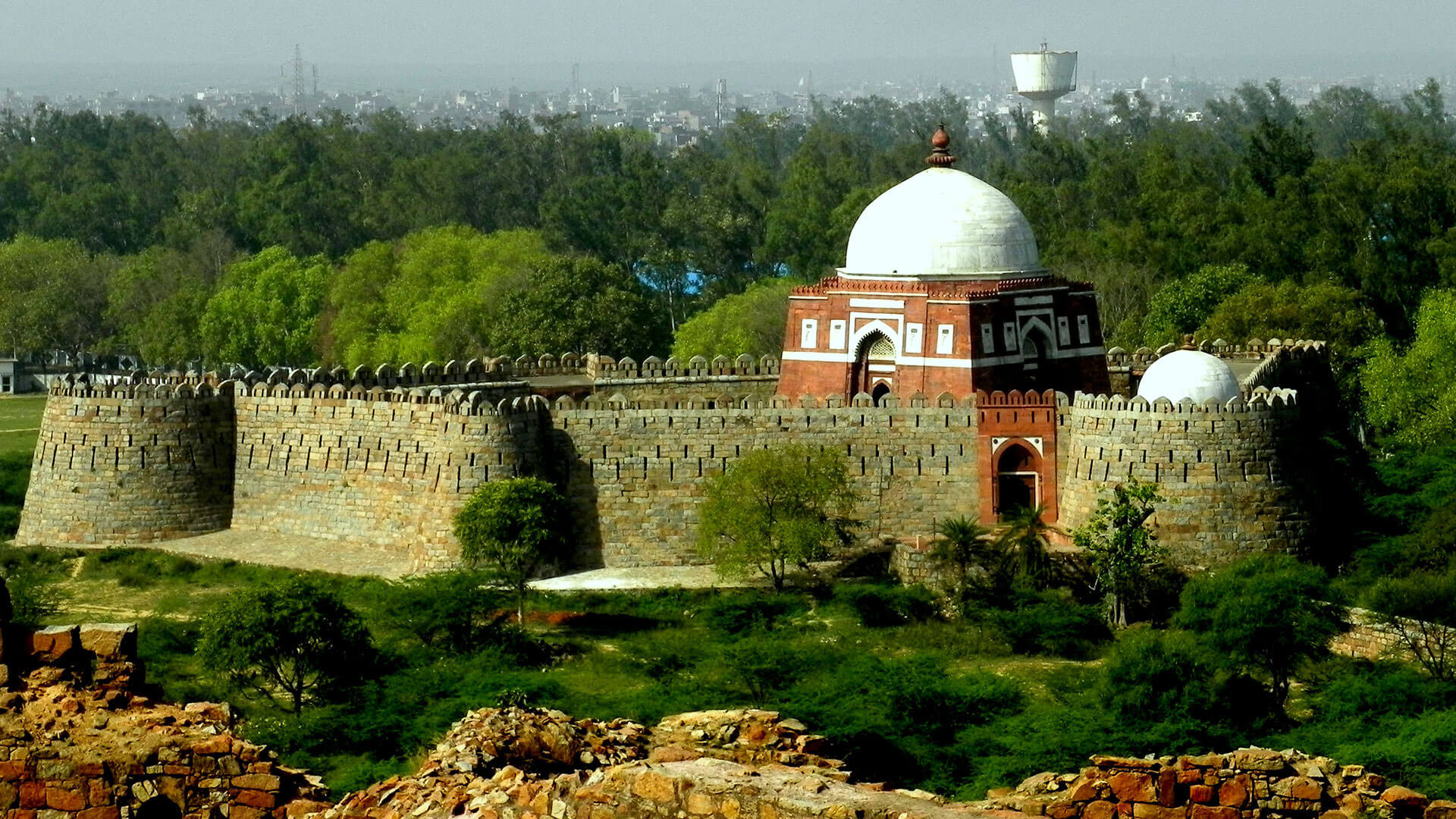
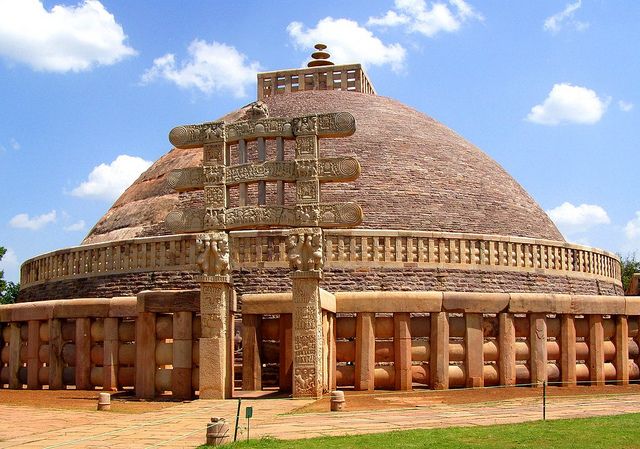
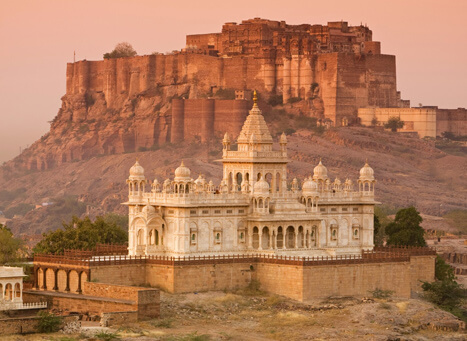
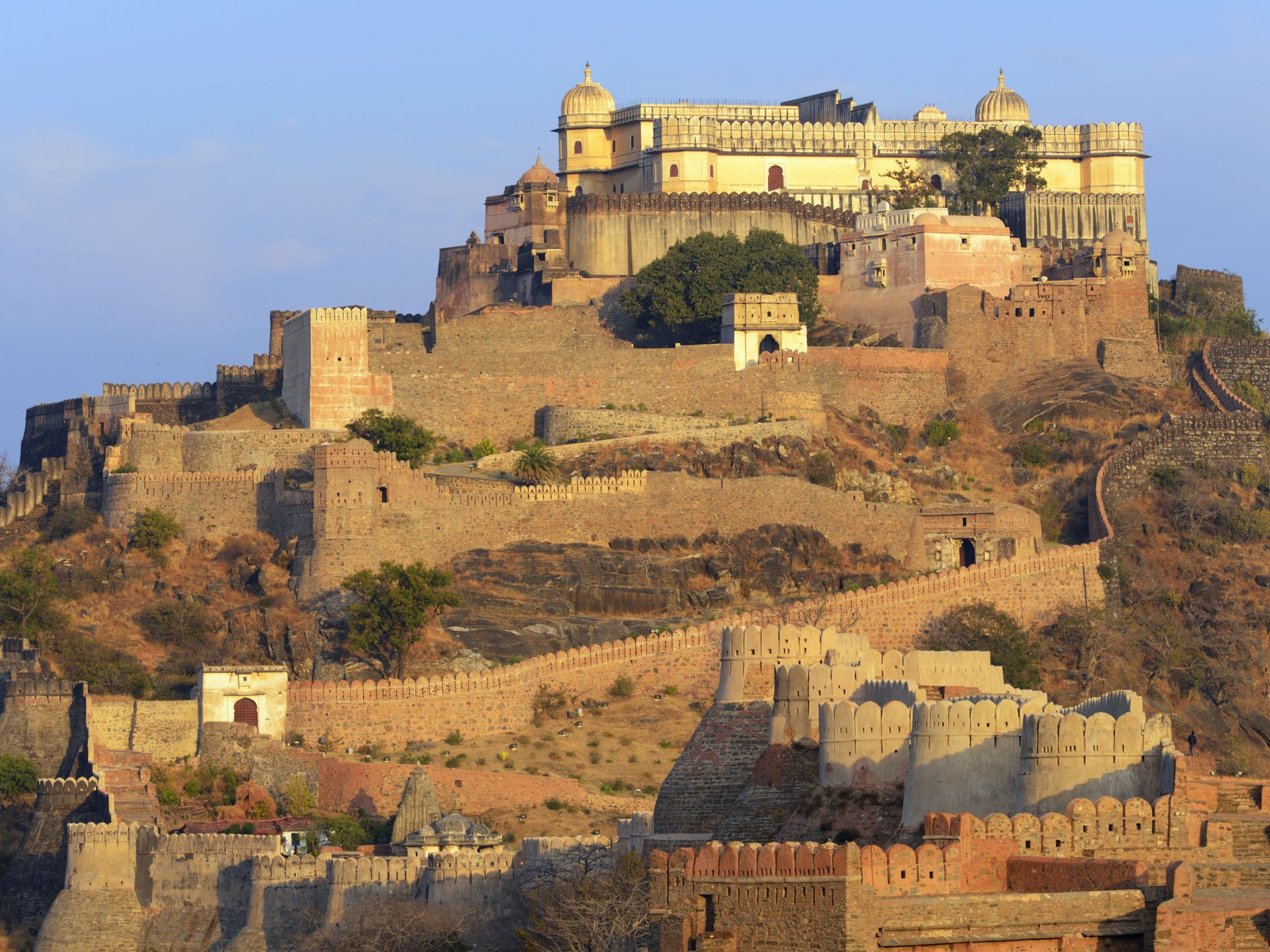
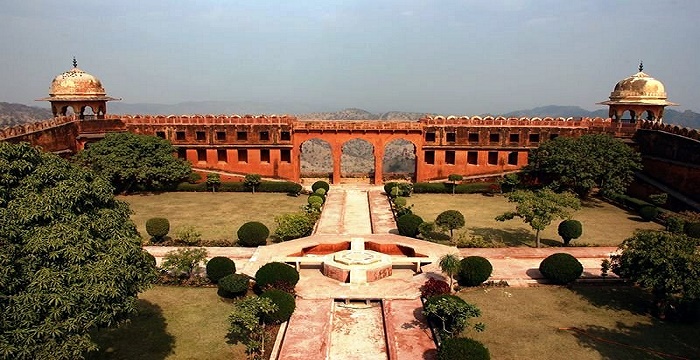


12 Comments
Comments are closed.